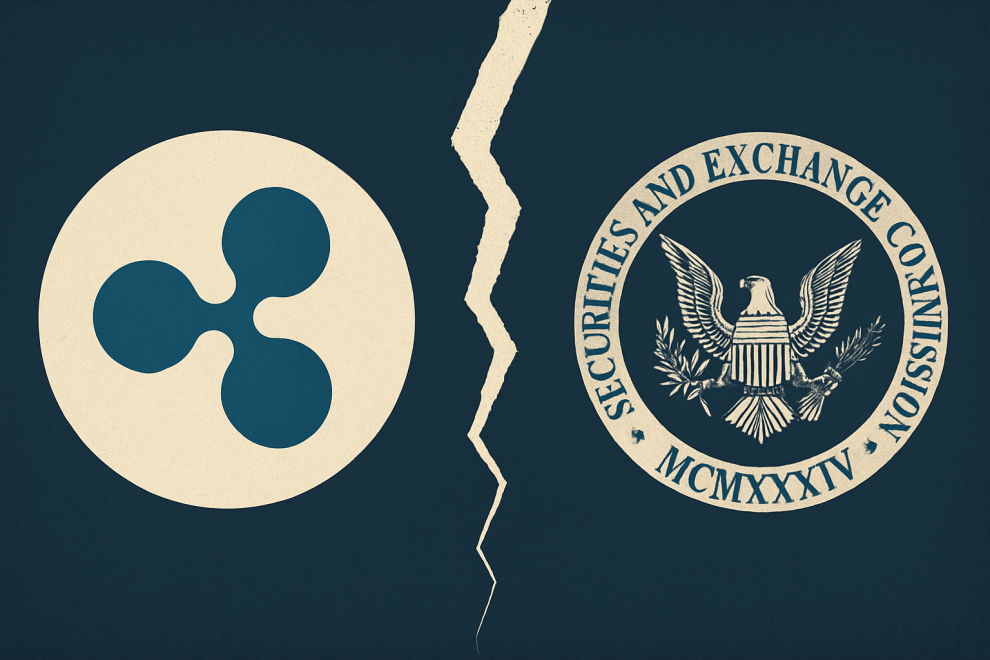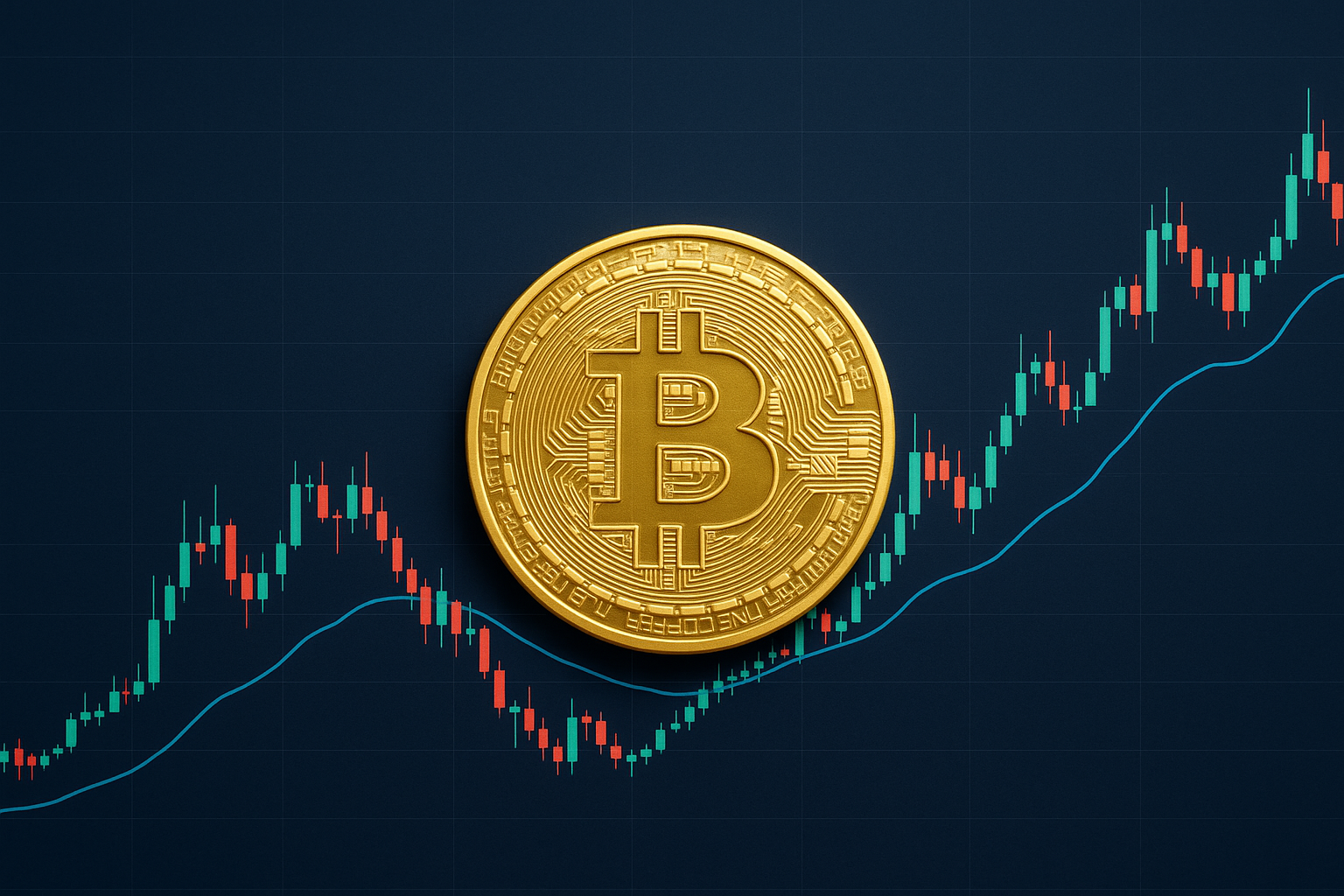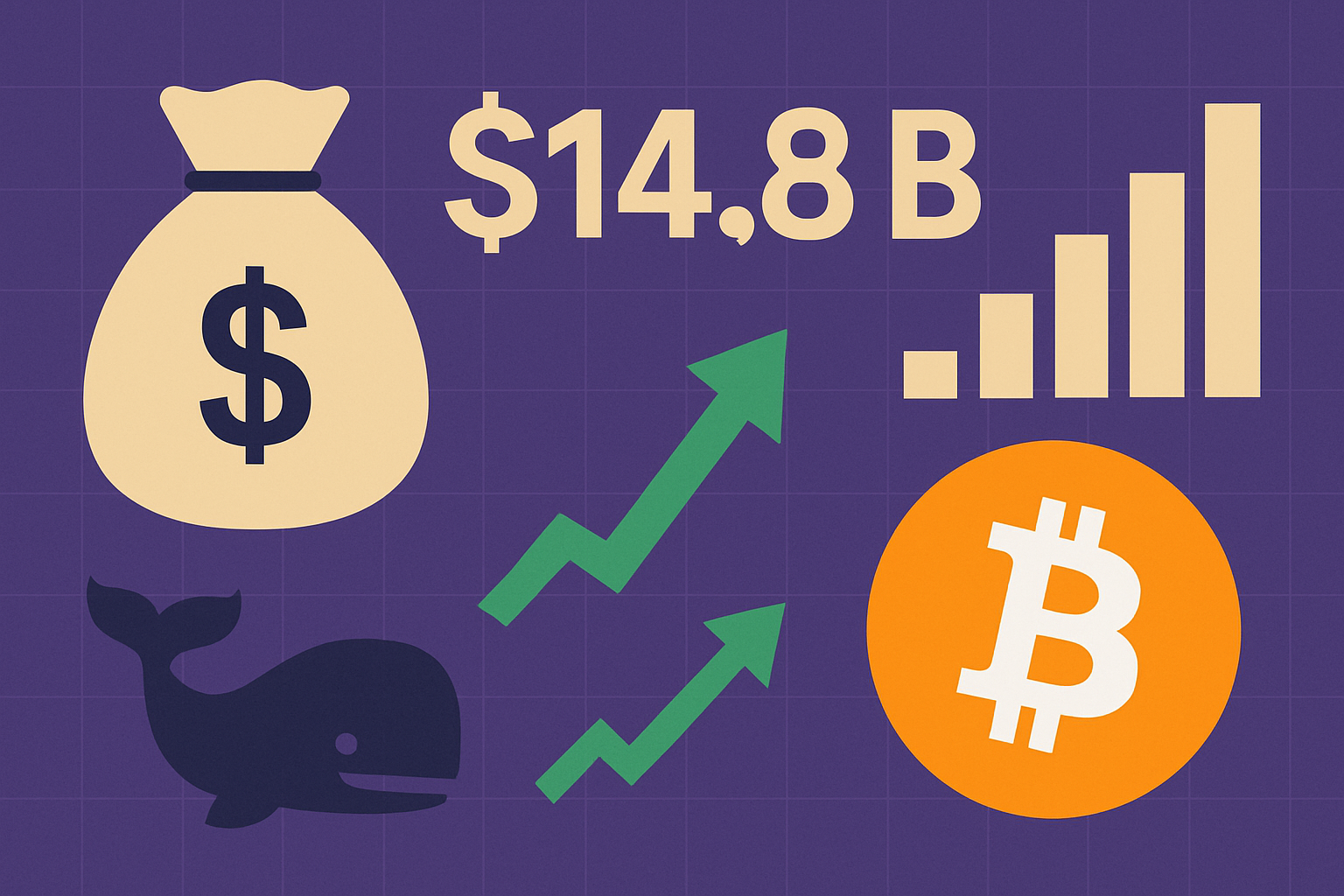Introduction
The ongoing legal battle between the United States Securities and Exchange Commission (SEC) and Ripple Labs over the classification of XRP as a security has become one of the most influential and widely discussed cases in cryptocurrency history. Filed in December 2020, the SEC lawsuit alleged that Ripple and its top executives unlawfully raised over $1.3 billion through an unregistered securities offering of XRP tokens.
Nearly five years later, the case is still ongoing, with major implications for not only Ripple but for the entire crypto industry. The delays, shifts in legal arguments, and courtroom maneuvers have often been a topic of speculation. Recently, a former SEC official provided clarity on one aspect of the lawsuit—how Ripple’s own legal tactics contributed significantly to the prolonged timeline of the case.
The SEC Vs Ripple Case: A Brief Recap
To understand how the lawsuit has evolved and why the former SEC official’s statement matters, it’s essential to revisit the foundational elements of the case. On December 22, 2020, the SEC formally charged Ripple Labs Inc., and two of its executives—CEO Brad Garlinghouse and co-founder Chris Larsen—with conducting a $1.3 billion unregistered securities offering by selling XRP tokens to investors.
The SEC’s central argument was that XRP is a security, and therefore falls under federal securities laws. According to the Commission, Ripple’s ongoing sales of XRP constituted investment contracts, similar in nature to shares or bonds, and should have been registered with the SEC. Ripple, in response, argued that XRP is a digital currency like Bitcoin or Ethereum, which are generally considered commodities and not securities.
The lawsuit sparked a wave of debate in the crypto community, triggered delistings of XRP on multiple exchanges, and affected the token’s price significantly. It also created regulatory uncertainty in the broader digital asset market, prompting calls for clearer classification and legislation.
Former SEC Official Speaks Out: Ripple’s Legal Maneuvers Examined
In August 2025, new light was shed on the prolonged timeline of the lawsuit by a former high-ranking official at the SEC who had firsthand experience with the agency’s enforcement division. According to the official, much of the delay in bringing the case to resolution can be traced back to Ripple’s own legal strategies.
The official highlighted that while it is common for defense teams to engage in prolonged discovery and procedural delays in high-stakes corporate litigation, Ripple’s approach was particularly aggressive. The company employed a combination of motion overload, jurisdictional challenges, demand for internal SEC documents, and extended discovery requests that caused the case timeline to stretch well beyond what is typical in federal enforcement proceedings.
This approach, while legal and strategically sound from Ripple’s standpoint, had a ripple effect—pun unintended—on the SEC’s ability to move the case forward efficiently. The former official emphasized that Ripple’s tactics may have been aimed not only at building a robust defense but also at buying time to manage market sentiment, restructure operations, and lobby for policy support.
Discovery Process And Internal Document Battles
One of the key aspects where Ripple’s legal team created substantial delays was during the discovery phase. The company filed multiple motions compelling the SEC to produce internal communications, memos, and policy drafts that could shed light on the agency’s prior stance toward other cryptocurrencies like Bitcoin and Ethereum.
Ripple argued that these internal documents were critical to show that the SEC lacked clarity and consistency in its treatment of digital assets. The most high-profile among these was the so-called Hinman documents, referring to internal emails and drafts relating to a 2018 speech by William Hinman, the former Director of the SEC’s Division of Corporation Finance. In that speech, Hinman had suggested that Ethereum was not a security because it was sufficiently decentralized.
Ripple contended that the same logic should apply to XRP, and therefore the SEC’s enforcement was arbitrary and selective. This led to a prolonged legal back-and-forth over whether these documents were privileged, culminating in multiple court rulings and appeals.
According to the former SEC official, this legal line of attack was a double-edged sword. On one hand, it did help Ripple expose inconsistencies in regulatory messaging, but on the other, it slowed down the case substantially and forced the SEC to divert resources to litigation over procedural matters rather than substantive issues.
Ripple’s PR Strategy And Public Pressure
Another major theme discussed by the former official was Ripple’s parallel media and lobbying strategy. Unlike most companies facing enforcement action, Ripple opted to fight not only in court but also in the public domain.
Brad Garlinghouse and other Ripple executives regularly appeared in media interviews, published op-eds, and participated in industry panels where they openly criticized the SEC’s stance and called for more reasonable regulation. Ripple also invested in lobbying efforts to influence crypto-related legislation and built coalitions with other industry players facing similar scrutiny.
While this strategy helped Ripple win public sympathy and maintain support among investors, it also contributed to an atmosphere of politicization around the case. According to the SEC official, this public pressure likely led to internal hesitations and deliberations within the agency, further slowing the pace of the lawsuit.
Ripple’s Motion For Summary Judgment And Strategic Calculations
In late 2023, Ripple filed a motion for summary judgment, asking the court to dismiss the case without going to trial. This move was based on Ripple’s assertion that the SEC failed to prove XRP was a security under the Howey Test—a legal standard used to determine what constitutes a security.
Filing a summary judgment motion is a common legal tactic, but the breadth and depth of Ripple’s motion, combined with their insistence on additional depositions and third-party testimonies, created further delays. The court took several months to issue rulings on the motion, during which both parties continued to submit supplemental briefs and evidentiary arguments.
The former SEC official noted that this drawn-out legal chess match likely played to Ripple’s advantage. As time passed, XRP’s price gradually recovered, the company continued to expand internationally, and regulatory discussions in the U.S. began to shift towards legislative solutions rather than case-by-case enforcement.
Ripple’s Use Of Jurisdictional Loopholes
Another area of focus in the former official’s comments was Ripple’s use of jurisdictional challenges. Ripple’s lawyers argued that much of XRP’s sales occurred on foreign exchanges, outside the jurisdiction of the SEC. This prompted the court to consider questions of extraterritorial application of securities laws—an area where legal precedent is murky.
This tactic not only added layers of complexity to the case but also brought in international law considerations. Ripple effectively turned a domestic enforcement action into a quasi-global regulatory debate, forcing the SEC to navigate both domestic and international legal frameworks.
Impact On The Crypto Industry And Regulatory Landscape
The SEC vs Ripple lawsuit has had far-reaching consequences for the cryptocurrency sector. Exchanges, token issuers, and investors closely watched every legal development, knowing that the final ruling could set a precedent for how other digital assets would be treated under U.S. law.
The extended timeline of the case caused by Ripple’s legal maneuvering also had a chilling effect on innovation. Several U.S.-based crypto startups chose to relocate or delay token launches, citing uncertainty over regulatory risk.
However, the case also galvanized the industry to push for clear regulatory frameworks. By 2025, multiple crypto bills have been introduced in Congress, and the Commodity Futures Trading Commission (CFTC) has taken a more active role in asserting its authority over certain types of digital assets. While no comprehensive legislation has yet been passed, there is growing bipartisan consensus on the need for clarity.
A Strategic Delay Or Necessary Defense?
Whether Ripple’s approach should be viewed as a strategic delay tactic or a necessary component of a rigorous defense remains a matter of opinion. From a legal perspective, Ripple was entitled to every procedural tool it used. However, from a policy and enforcement standpoint, these delays arguably weakened the SEC’s momentum and diverted attention from broader enforcement efforts.
The former SEC official concluded that Ripple’s tactics were both brilliant and frustrating. Brilliant in the sense that they leveraged every weakness in the system to mount a strong defense, and frustrating because they highlighted how ill-equipped current securities laws are to handle digital assets efficiently.
Conclusion
As the SEC vs Ripple lawsuit nears what may finally be a resolution, its legacy is already cemented. The case has exposed the gaps in regulatory infrastructure, the challenges of applying 20th-century laws to 21st-century technologies, and the power of legal strategy in shaping market outcomes.
Ripple’s ability to prolong the case through procedural and jurisdictional tactics has bought the company time and allowed it to continue operations largely unaffected. But it has also cost the industry years of uncertainty and limited innovation in one of the most promising sectors of the digital economy.
Whether the final judgment comes via court ruling or settlement, the insights shared by the former SEC official offer a valuable lens through which to understand not only the Ripple case but also the broader tensions between regulators and the blockchain industry.













